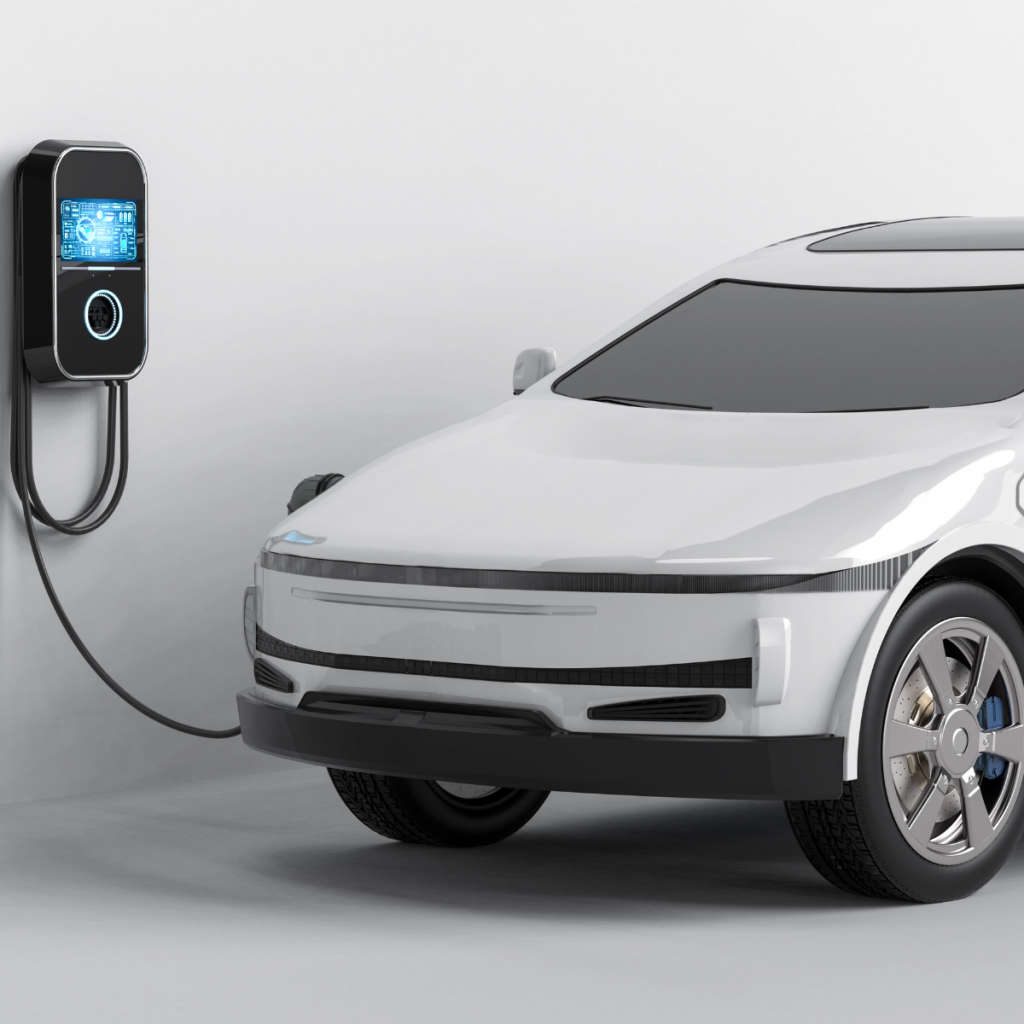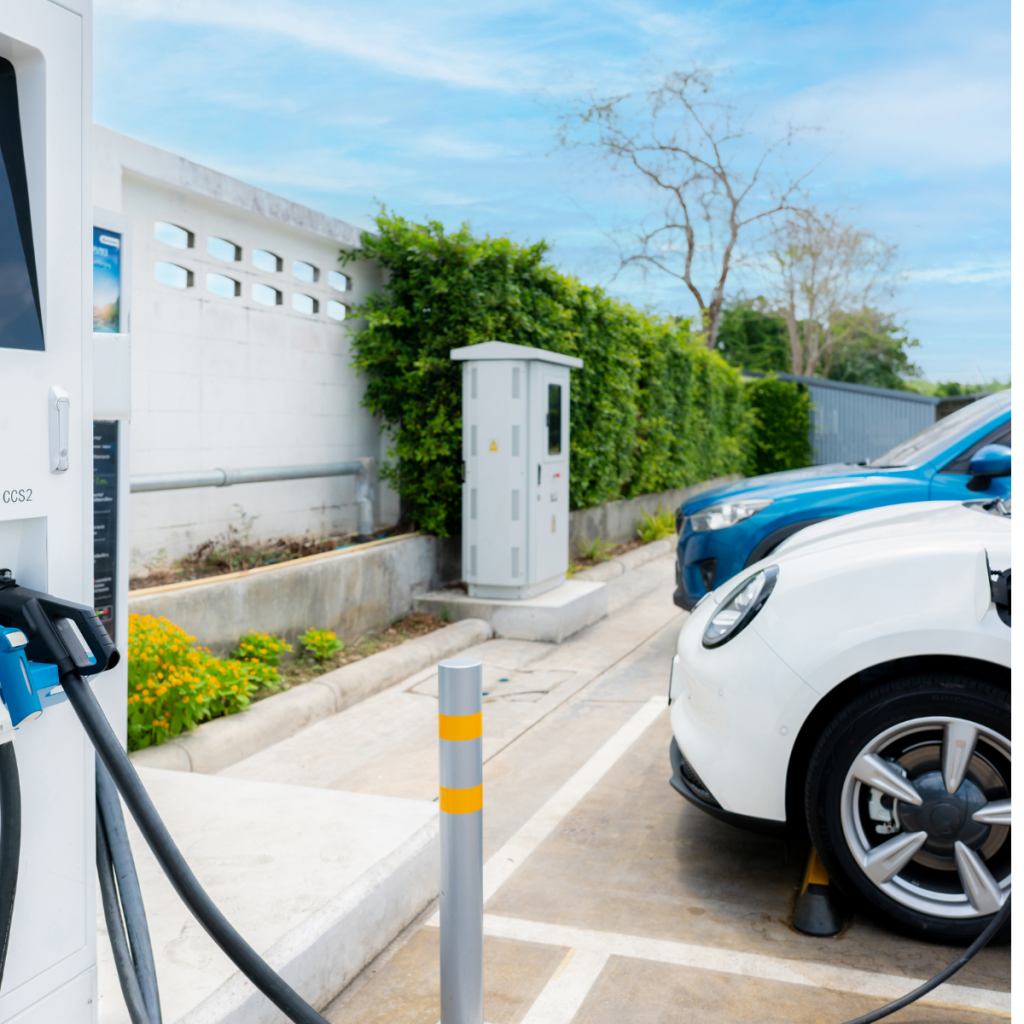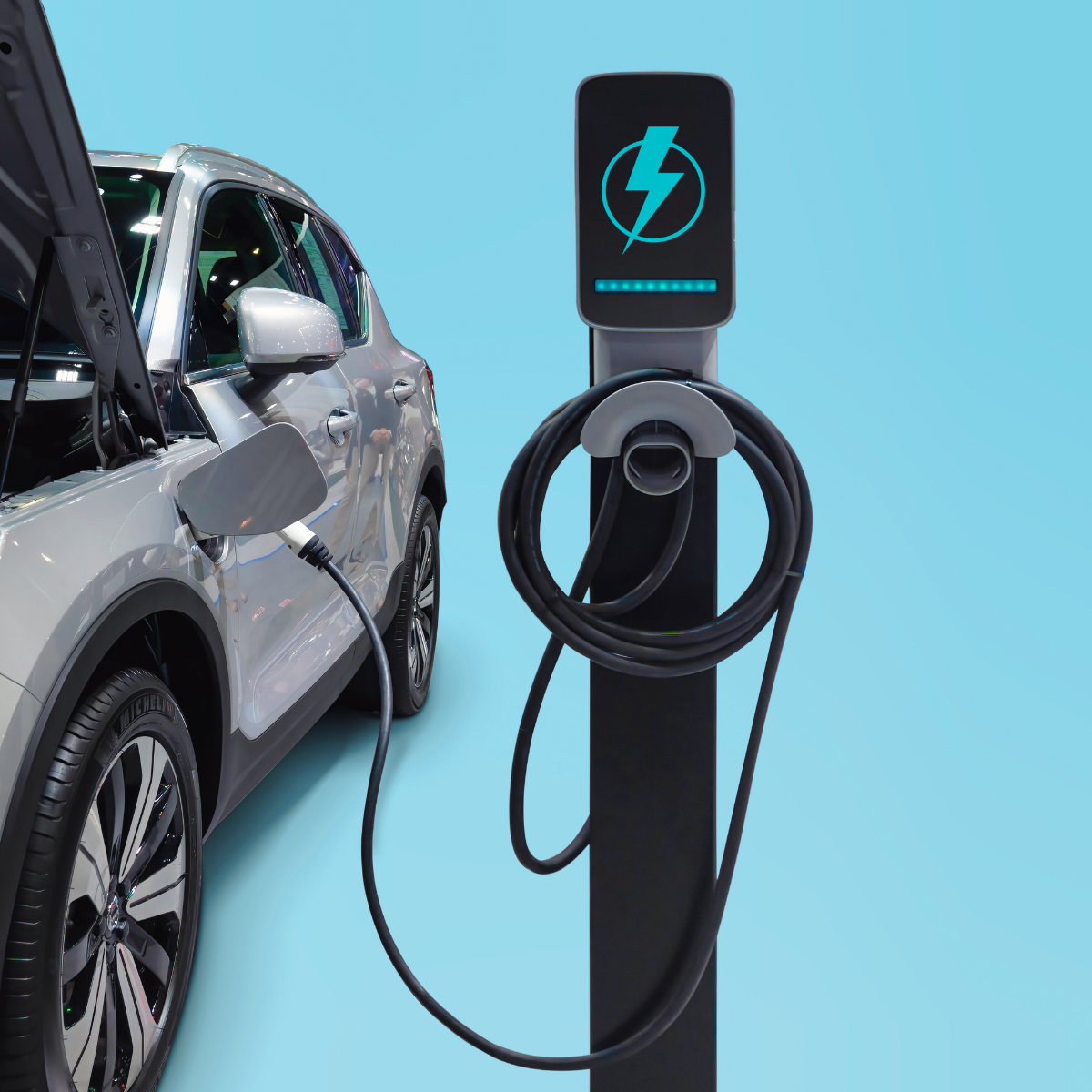The future of urban mobility is being reshaped by electric cars, marking a turning point in how we navigate our cities. With environmental concerns, rising fuel costs, and a demand for cleaner transportation solutions, electric vehicles (EVs) are poised to transform urban life. From reducing air pollution to offering cost-effective alternatives, the rise of electric cars is changing the way people commute, interact with their environment, and rethink their transportation choices. As cities become smarter, more sustainable, and more connected, electric cars are playing a central role in shaping the future of urban mobility. This article explores how EVs are revolutionizing the way we travel, their impact on city infrastructure, and what makes them a game-changer for the future.
Electric Cars: A Solution to Urban Pollution
One of the most significant advantages of electric cars is their contribution to reducing urban air pollution. Traditional gasoline-powered vehicles emit harmful pollutants such as carbon dioxide (CO2), nitrogen oxides (NOx), and particulate matter, which contribute to poor air quality and environmental degradation. These emissions are particularly harmful in dense urban areas, where traffic congestion is common.
Electric vehicles, on the other hand, produce zero tailpipe emissions, meaning they don’t release pollutants into the air as they operate. This helps to significantly reduce air pollution in cities, improving the overall quality of life for residents. As more electric cars replace traditional combustion-engine vehicles, cities will see a cleaner environment, with fewer smog-filled days and better air quality.
Additionally, EVs can play a key role in combating climate change. Since they produce fewer greenhouse gas emissions, they help reduce the carbon footprint of urban transportation. As electricity grids become greener, powered by renewable energy sources like solar and wind, the environmental impact of electric vehicles will continue to decrease, making them even more sustainable for the future.
Cost-Effective Urban Commuting
Electric cars are not only better for the environment but also more cost-effective in the long run. While the initial purchase price of an electric vehicle may be higher than that of a traditional car, the operating costs are significantly lower. EV owners save on fuel costs, as electricity is typically much cheaper than gasoline, and many public charging stations offer affordable charging rates.

Moreover, electric cars have fewer moving parts compared to internal combustion engine (ICE) vehicles. This results in lower maintenance costs. For instance, there is no need for oil changes, and the brake systems tend to last longer due to regenerative braking. Over time, these savings can add up, making electric vehicles a more economical choice for urban dwellers who rely on daily commuting.
In addition, many cities are offering incentives for electric car owners, such as tax credits, subsidies, and exemptions from congestion charges or tolls. These incentives further reduce the total cost of owning an EV, making them an attractive option for those looking to save money while contributing to cleaner, greener cities.
Reducing Traffic Congestion with Electric Cars
Electric cars are also playing a role in reducing urban traffic congestion. As cities continue to grow and populations increase, traffic jams have become a common frustration for commuters. Electric vehicles, especially when coupled with smart city technologies, can help alleviate congestion in several ways.
First, many electric vehicles are part of car-sharing programs, which allow multiple people to use the same car without the need for each person to own their own vehicle. This helps reduce the number of cars on the road, leading to less traffic and lower overall congestion. By providing more affordable and accessible transportation options, electric cars can encourage people to rely less on private car ownership, resulting in fewer vehicles on the road.
Furthermore, electric vehicles can be integrated into intelligent transportation systems (ITS), which use real-time data to optimize traffic flow and reduce congestion. For example, electric vehicles can be part of autonomous car networks, which communicate with each other and traffic management systems to reduce bottlenecks and improve overall efficiency. With features like adaptive cruise control and traffic prediction, electric cars can navigate cities more efficiently, helping to reduce traffic and travel times.
Improving Urban Infrastructure
The rise of electric cars is also driving significant changes in urban infrastructure. To accommodate the growing number of EVs, cities are investing heavily in expanding charging infrastructure. Public charging stations are becoming more widespread, with fast-charging options available at key locations such as parking lots, shopping centers, and even on-street charging points.
This investment in charging infrastructure is essential for supporting the transition to electric mobility. In cities where space is limited, charging stations are being integrated into existing infrastructure, such as multi-story parking garages or public transportation hubs. As EV adoption increases, cities will need to continue expanding their charging networks to ensure that drivers have easy access to charging stations whenever they need them.
Moreover, the shift to electric mobility is prompting cities to rethink their urban planning. With less need for gas stations, cities can repurpose former fuel stations into new spaces for charging stations, green areas, or community spaces. This reimagining of urban landscapes will help create more sustainable, livable cities in the future.
The Role of Electric Cars in Smart Cities
Electric vehicles are integral to the concept of smart cities, which use advanced technology and data to improve the quality of life for urban residents. In a smart city, electric cars are connected to the grid, and their charging can be optimized to align with periods of low electricity demand or times when renewable energy sources are abundant. This not only helps to reduce the strain on the power grid but also ensures that EVs are powered by clean energy, further reducing their carbon footprint.
Additionally, electric vehicles can be equipped with advanced technologies such as autonomous driving capabilities, sensors, and connectivity features. These technologies enable electric cars to communicate with other vehicles and infrastructure, making transportation more efficient and safer. Autonomous electric vehicles could be used in car-sharing fleets or as part of on-demand ride-hailing services, further reducing the need for private car ownership and promoting shared mobility.
By integrating electric cars into the larger framework of smart city initiatives, cities can create more sustainable, efficient, and connected urban environments. This can lead to improved transportation networks, reduced congestion, and a higher quality of life for city dwellers.
The Impact of Electric Cars on Urban Mobility
Electric cars are transforming urban mobility in ways that go beyond just reducing pollution and improving cost-efficiency. As the demand for sustainable, efficient transportation options grows, the role of electric vehicles in reshaping cities becomes more evident.

The shift toward electric mobility is also leading to new business models and innovations in transportation. Ride-hailing services like Uber and Lyft are increasingly adopting electric vehicles in their fleets, making EVs more accessible for people who may not own a car. This shift is not only helping to reduce emissions but also promoting the idea of shared, on-demand transportation, which can reduce the need for private car ownership and ease traffic congestion.
Furthermore, as electric vehicles become more common, their integration with public transportation systems is also on the rise. For example, electric buses are becoming a popular mode of transport in many cities, providing a cleaner, quieter alternative to diesel-powered buses. This transition to electric buses can help reduce air pollution in busy urban centers, making them more sustainable and pleasant places to live.
Conclusion: Electric Cars as the Future of Urban Mobility
Electric cars are revolutionizing the future of urban mobility by offering a sustainable, cost-effective, and efficient alternative to traditional gasoline-powered vehicles. Their ability to reduce pollution, lower operating costs, and improve traffic flow is already making a significant impact on cities worldwide. As charging infrastructure expands and smart city technologies continue to develop, electric vehicles will play an even more central role in shaping the future of transportation.
For urban dwellers, the shift to electric cars represents an exciting opportunity to embrace a cleaner, more connected way of moving through cities. As EVs continue to evolve and become more accessible, the future of urban mobility will be cleaner, greener, and more efficient than ever before. The rise of electric cars is not just a trend; it is a fundamental shift in how we think about transportation, and it will continue to shape the cities of tomorrow.

Leave a Reply